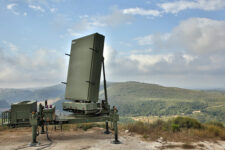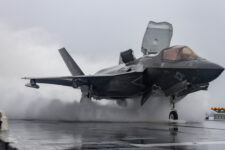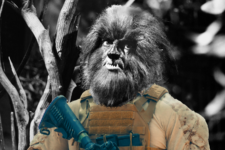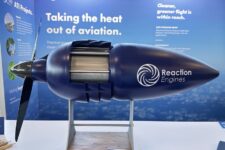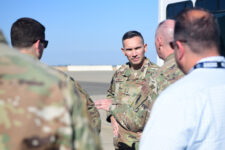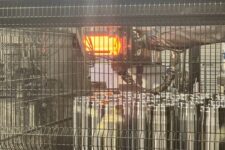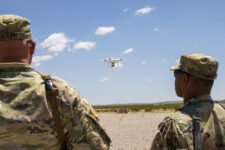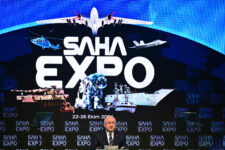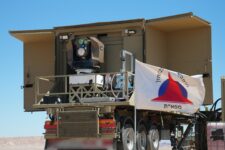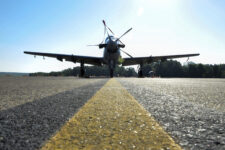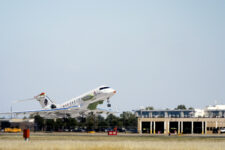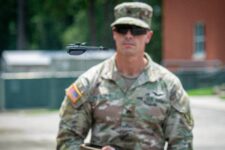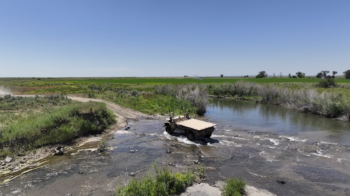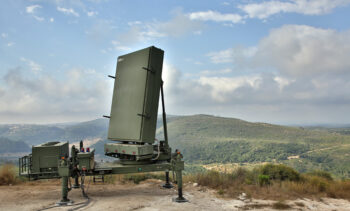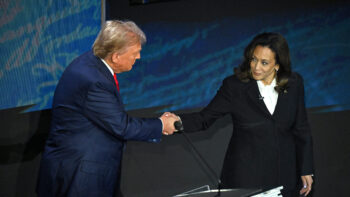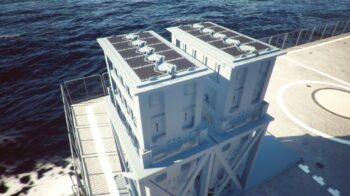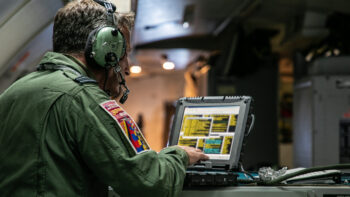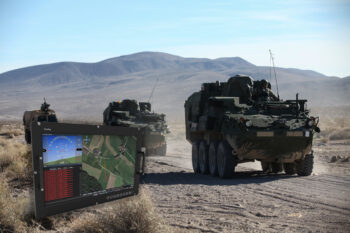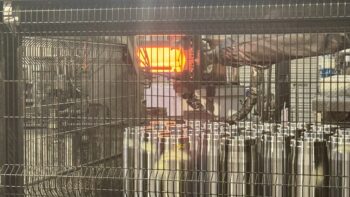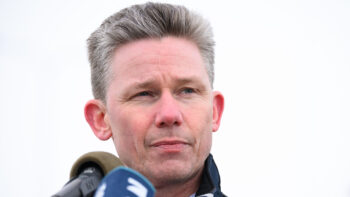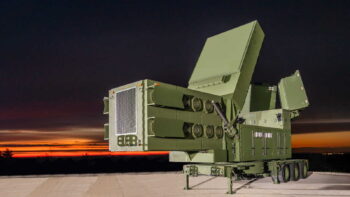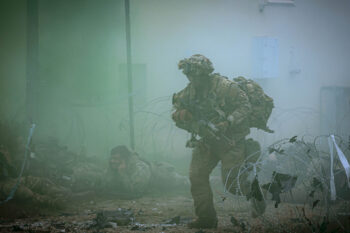
AFA: Two decades after the Marines predicted most warfare would be in urban areas, the Air Force is coming to the same conclusions. Simply put, the great majority of humans live in cities these days, and Air Force Chief of Staff David Goldfein has added urban warfare to his list of top focus areas.
Part of the reason for increasing the emphasis on urban conflict, which isn’t something you might traditionally think of about the service that brings us fighters, bombers and satellites, is that the Air Force may not be well equipped to handle it.
“How do we design an Air Force for this kind of conflict?” Golden asked during his speech here. “Today, I think we are more designed for working in open spaces.”
By contrast, the Army and Marines are focused on urban areas like a, well, laser. The Marines had Fallujah — with the Army joining in to retake the city — and smaller versions in Afghanistan. The Army had Sadr City, Mosul (before ISIS), Samarra, and more. The largest service also has some institutional memories of urban battle from World War II but hasn’t trained for full-out war in cities for some time.
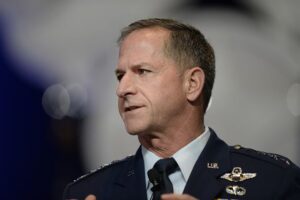
Gen. David Goldfein
As Goldfein noted in his speech, 80 percent of humanity will live in cities by 2050. And megacities, those with more than 10 million people. will grow from a dozen to 50.
One of the greatest problems with urban warfare is limiting civilian casualties and leaving much of the city standing, as the latest battle for Mosul illustrates in Iraq. Air Force Secretary Heather Wilson, during a Q and A with reporters, pointed to directed energy weapons (think fricking lasers! and related technologies like electronics-frying microwaves) as potentially useful tools. She also repeated a point she’s been making recently, that no one will tolerate the US using dumb munitions any more.
“The world can no longer tolerate imprecise weapons, at least from the United States of America,” she said when I asked her and the chief about what might an urban warfare Air Force look like. During her recent tour of Central Command, she learned about an airstrike against Daesh (now known by the Trump administration as ISIS).
“They needed a weapon so precisely placed it would destroy ISIS and make the wall fall the other way,” she said, shaking her head to show how impressed she was. Friendly forces were only 13 meters away, she said. The fire request went out. A tasking order was drawn up. Fuzes were set. What may have been a Small Diameter Bomb was dropped and the wall did fall toward ISIS.
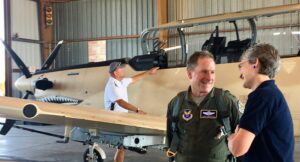 When I pressed Goldfein about what platforms and what weapons might be best suited to urban air support, given his comment about the force being designed for open spaces, he said the focus needed to be on modes and networks, as well as on range, persistence and payload. That echoes such of what the Army has said for the last five years when discussing its next round of weapons: the network is the key, not the new tank.
When I pressed Goldfein about what platforms and what weapons might be best suited to urban air support, given his comment about the force being designed for open spaces, he said the focus needed to be on modes and networks, as well as on range, persistence and payload. That echoes such of what the Army has said for the last five years when discussing its next round of weapons: the network is the key, not the new tank.
Could this also have implications for the Light Attack experiment? One Air Force colonel was convinced it would help make the argument for such aircraft to be combined with precision weapons and, perhaps, lasers. But Goldfein made clear he had elevated urban warfare recently and didn’t have all the answers yet.
